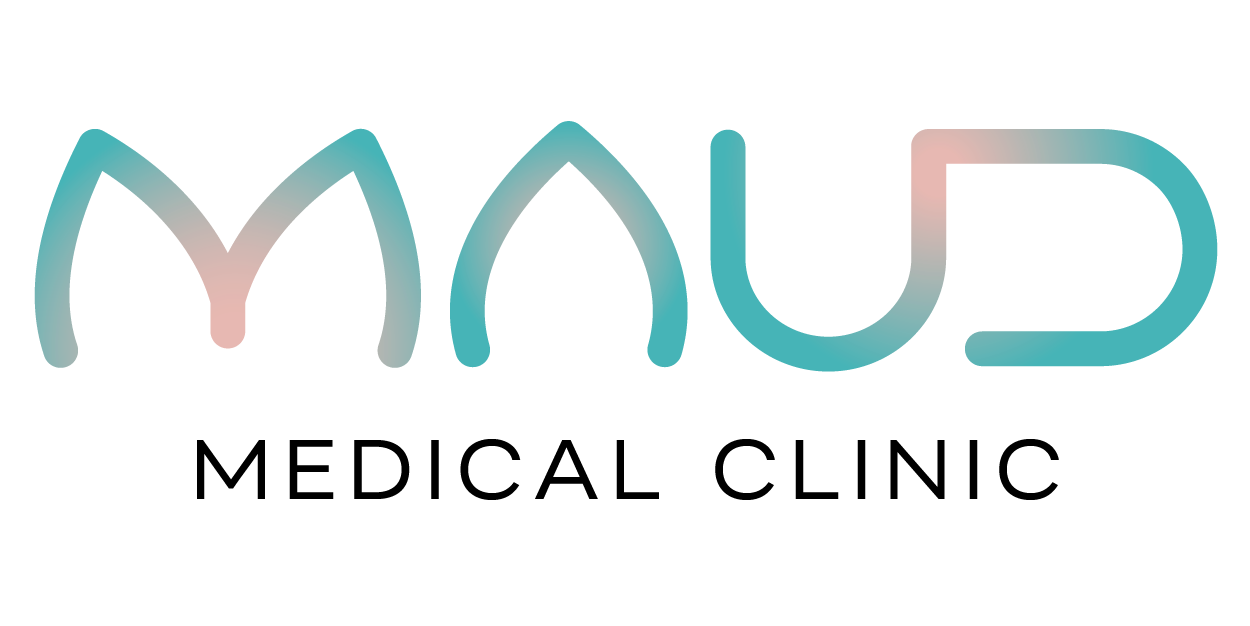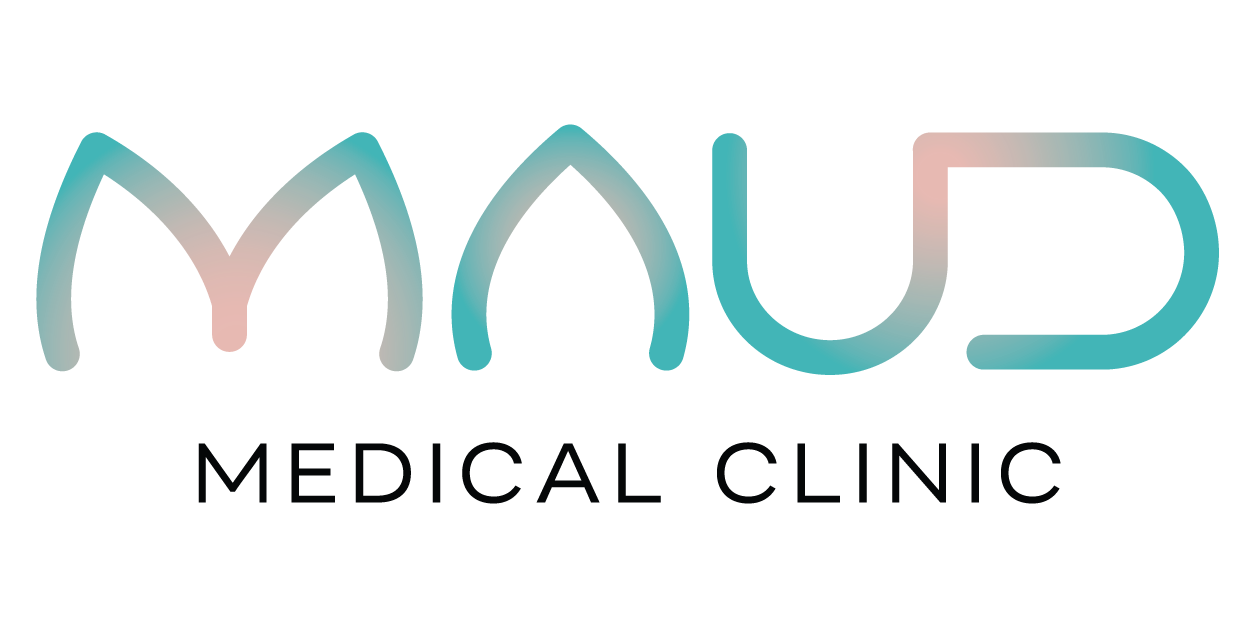Breast Cancer Educational Blog Maud
Understanding Breast Cancer
Breast cancer is one of the most commonly diagnosed cancers among women, with significant implications for those affected and their families. Understanding the complexities of breast cancer—its risk factors, detection methods, and treatment options—is vital for informed health management.
What is Breast Cancer?
Breast cancer occurs when cells in the breast grow uncontrollably, forming a tumor. These tumors can be benign (non-cancerous) or malignant (cancerous), and breast cancer can result in the invasion of surrounding tissues and potentially metastasize to other parts of the body. The two primary types of breast cancer include:
Ductal Carcinoma: Begins in the milk ducts and is the most prevalent form of breast cancer.
Lobular Carcinoma: Originates in the lobules, which produce milk.
There are also several subtypes of breast cancer, including invasive and non-invasive forms, making early detection and understanding of personal risk factors crucial for effective treatment.
Risk Factors for Breast Cancer
Several factors contribute to an individual’s risk of developing breast cancer. Some risk factors can be modified through lifestyle changes, while others are non-modifiable. Notable risk factors include:
Modifiable Risk Factors
Weight and Physical Activity: Obesity and physical inactivity are linked to an increased risk of developing breast cancer. Maintaining a healthy weight and engaging in regular physical activity can mitigate this risk.
Alcohol Consumption: Studies suggest a direct correlation between alcohol consumption and an increased risk of breast cancer. Limiting alcohol intake is advisable for women.
Reproductive Choices: Women who have children later in life or have never had children may have a higher risk due to prolonged exposure to estrogen.
Non-Modifiable Risk Factors
Age: The risk of breast cancer increases with age, particularly for women over 50.
Family History: Having a first-degree relative (mother, sister, daughter) with a history of breast cancer significantly elevates risk levels.
Genetic Mutations: Mutations in the BRCA1 and BRCA2 genes can drastically increase the likelihood of developing breast cancer.
Red Flags for Breast Cancer Recurrence
Monitoring for signs of breast cancer recurrence is critical for early intervention. Key symptoms to watch for include a new mass in the breast, which should prompt a mammogram and possibly a biopsy; suspicious rashes or nodules on the chest wall require referral to a surgeon or dermatologist for biopsy consideration.
New palpable lymph nodes should also be evaluated by a surgeon or through interventional radiology. Persistent bone pain may necessitate an x-ray and bone scan, while a persistent cough or difficulty breathing should prompt chest x-rays or a CT scan. Other red flags include new abdominal symptoms like hepatomegaly or jaundice, which require ultrasound or CT imaging, and neurological signs such as persistent headaches or seizures, necessitating a CT or MRI of the brain. Additionally, back pain accompanied by neurological changes or loss of bladder/bowel control should be assessed with an MRI of the spine. In cases of symptomatic hypercalcemia, treatment may involve IV hydration and bisphosphonate therapy. Early recognition and investigation of these symptoms are vital for managing potential recurrences effectively.
Early Detection of Breast Cancer
Early detection is crucial in improving survival rates and outcomes for breast cancer patients. Several screening methods are used to detect breast cancer, including:
Self-Breast Exams: Regular self-exams can help individuals recognize changes in breast tissue and encourage prompt medical consultation if abnormalities are detected.
Clinical Breast Exams: Health care providers can conduct clinical breast exams to assess for signs of breast cancer during routine check-ups.
Mammography: In Alberta, women aged 50 to 74 are encouraged to have regular mammograms every two years as part of the Alberta Breast Cancer Screening Program. This screening is vital for early detection before symptoms arise.
Understanding Mammograms
A mammogram is a specialized low energy X-ray of the breast that can identify tumors and other breast abnormalities. The procedure is usually quick and involves the following steps:
Preparation: The patient will undress from the waist up and stand in front of the mammography machine.
Breast Compression: The breast is placed on a flat surface, and a plastic plate compresses it to obtain clear images. Compression may be uncomfortable but is essential for accurate results.
Image Acquisition: The technician will take images of each breast from multiple angles. The entire procedure typically lasts about 15-30 minutes.
Abnormal mammogram results will necessitate further investigation, such as ultrasound or a biopsy, to confirm the presence of cancer.
Treatment Options for Breast Cancer
If diagnosed with breast cancer, several treatment options are available. The choice of treatment depends on the stage and type of cancer, as well as personal factors. Standard treatment modalities include:
Surgery: Options may include lumpectomy (removing the tumor) or mastectomy (removing one or both breasts). The choice will depend on the size of the tumor and the stage of cancer.
Radiation Therapy: Often used post-surgery to destroy remaining cancer cells and reduce recurrence risk, radiation therapy is a localized treatment method that can be an essential part of the treatment plan.
Chemotherapy: Systemic treatment using drugs to kill cancer cells. It may be used before surgery (neoadjuvant) to shrink tumors or after surgery (adjuvant) to eliminate remaining cancer cells.
Hormonal Therapy: Used for hormone-receptor-positive cancers, this treatment aims to block the body’s natural hormones from supporting the growth of cancer cells.
Targeted Therapy: Involves drugs or other substances that specifically target cancer cells, minimizing damage to normal cells. These therapies are particularly beneficial in certain subtypes of breast cancer.
The Canadian Breast Cancer Association
The Canadian Breast Cancer Association (CBCA) is a crucial resource for individuals affected by breast cancer. Established to support education, research, and advocacy, the CBCA provides a wealth of resources to those navigating a breast cancer diagnosis in Canada.
Key Functions of the Canadian Breast Cancer Association (CBCA):
Research Funding: The CBCA funds innovative research initiatives that aim to improve treatment outcomes and understanding of breast cancer.
Support Resources: The CBCA offers various support services, including peer support, educational materials, and assistance for navigating the healthcare system.
Awareness Campaigns: Through awareness programs, the CBCA seeks to inform the public about breast cancer risk factors, the importance of screening, and support available for patients and families.
Advocacy: The association advocates for policies that ensure access to timely and effective breast cancer care across all provinces, including appropriate screening programs and funding for research and support initiatives.
To learn more about resources available through the Canadian Breast Cancer Association, visit their website Canadian Breast Cancer Association.
Conclusion
Understanding breast cancer is crucial for promoting early detection and effective treatment. With appropriate lifestyle choices and regular screenings, individuals can significantly reduce their risk and improve outcomes. Leveraging resources such as Alberta's breast cancer screening programs and the support offered by the Canadian Breast Cancer Association empowers patients on their journey through breast cancer detection and treatment. Staying informed about breast cancer can make a meaningful difference in individual health and collective awareness.
For further information or to engage with local support services or seek guidance from your primary healthcare provider.
Disclaimer: This information is for educational purposes only and does not constitute medical advice. Always consult with a qualified healthcare professional for personalized recommendations regarding breast cancer prevention, detection, and treatment.
Resources: https://www.albertahealthservices.ca/cancer/Page18310.aspx

